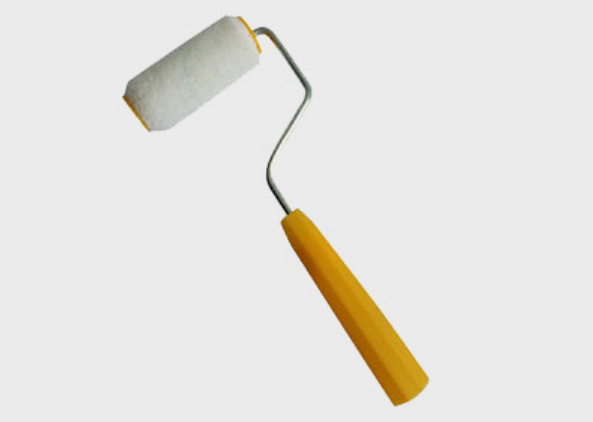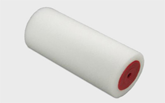What is the Best Paint Roller for Your Paint Project?
Jun. 26, 2024Have you ever stood in the paint roller aisle of a home improvement store and wondered about the differences between paint roller covers? They come in various thicknesses and a range of colors, which can be quite confusing. Most paint roller covers are made of woven materials and are available in different colors. Although each brand uses different colors, the majority of paint roller covers are typically white, yellow, or blue.
Choose the Right Cover Thickness
Stucco, Decks, Brick, and Masonry - For rough surfaces like stucco, decks, brick, and masonry, thick 3/4” roller covers are ideal. They can hold more paint and reach into the crevices of these textured surfaces. Using a thin 1/4” cover on such surfaces can cause the cover to tear quickly and fail to apply paint evenly into all the crevices.
Ceilings and Drywall - For smoother surfaces like ceilings and drywall, medium 3/8″ roller covers work best.
Walls, Wood, and Metal - Small 1/4″ roller covers or foam rollers will produce the smoothest finish.
Light to Medium Textured Surfaces - Microfiber rollers are best.
Smooth Surfaces - Use a white woven short nap roller for an ultra fine finish. If you use a thick 3/4” roller cover on a smooth wall, it will produce an orange peel textured surface.
Paint Roller Size
There are two basic sizes for paint roller frames - large 9″ long roller frames and a smaller 4” style. Decide which roller size to use depending on what you will be painting:
Walls and Ceilings - The large roller is better for big surfaces.
Doors, Furniture, and Cabinets - A 4" paint roller is ideal.
Get Your Materials
You don’t need much to get started:
A paint roller.
A paint tray.
A paint tray liner.
A damp rag.
A gallon of Glidden paint.
A drop cloth, plastic tarp, etc. to protect flooring and furniture.
Prepping the Paint Roller
1. To attach the roller cover to the paint roller frame, align the hole in the cover with the end of the frame and push it on.
2. Prepare the roller with a damp rag.
3. Squeeze the roller 3-4 times with the rag.
4. Ensure the entire surface area of the roller is moist and ready to apply paint.
5. If needed, screw a painting roller extension pole onto the roller frame to reach high places.
Prepping the Paint Tray
1. Insert a plastic paint tray liner into the paint tray.
2. Ensure the liner is completely secure in the tray.
3. Position the tray in a convenient area close to the surface you are painting.
4. Pour paint into the deep pocket of the tray.
5. Fill the pocket roughly a quarter of the way up with paint.
6. Avoid overfilling the tray.
Dipping the Paint Roller
1. Position the roller at the beginning of the grooved part of the paint tray.
2. Roll the paint roller back and forth a few times starting from the grooved part of the tray.
3. Ensure the roller is evenly covered with a layer of paint.
4. Apply paint with even, light pressure; avoid using excessive force.
Clean-Up
Remove the roller cover from the roller frame immediately after finishing painting.
1. For latex paint, clean with soap and water.
2. Hold the roller cover under running water and squeeze to remove the paint.
3. Repeat until the roller cover is free of paint.
4. Allow the roller cover to dry thoroughly.
5. Never leave the cover soaking in water.
















